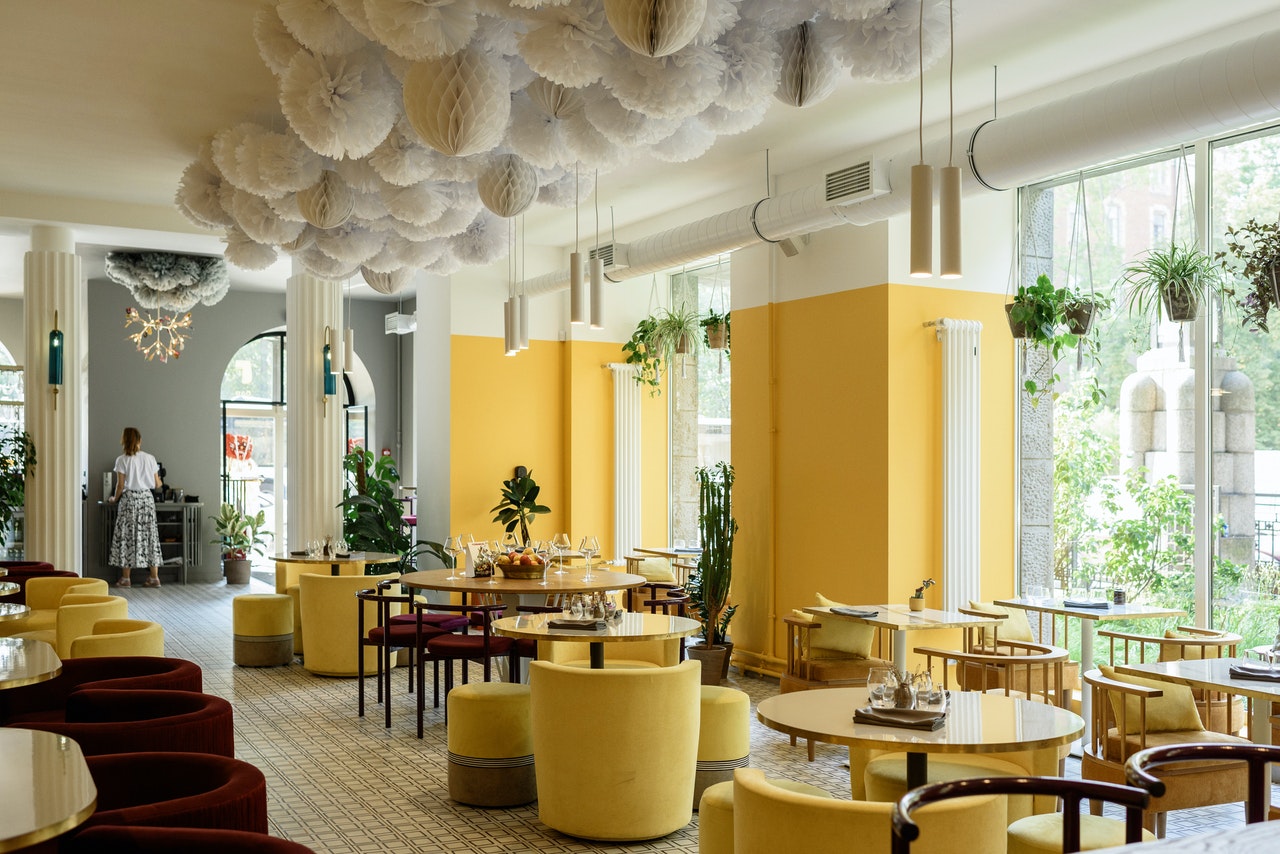
To establish yourself as a reliable and credible company, you want to offer a coherent brand experience to your customers and potential customers through your marketing materials, products, services and physical spaces. Integrate a brand strategy into your design and brand environment to demonstrate your company’s vision, mission, and values to your employees, customers, and business partners. One of the most effective storytelling tools we have is the design of the brand space.
The possibilities for integrating your brand and interior design into your business premises are endless. It is important to do thorough research to understand what it takes to create an interior branding design that will leave a lasting impression on your customers, stakeholders, business partners and potential customers. Strong branding and a good commercial interior design are the first steps to creating a stronghold and giving your brand a special place in the market.
If your business sells a product or service, the interior design of your space should reflect the characteristics and the brand. Design elements that compose your business premises, such as architecture, layout, graphics, lighting and decoration, all strengthen an identity. While your brand, mission and business may remain the same for some time, the interior design for your business premises will evolve as trends, movements, and communities continue to reflect your brand’s core values.
The most significant advantage that a brand environment offers your company is making employees and customers want your space. Branding interiors can enhance the overall experience for your employees and customers, enhancing your entire corporate brand. Integrating your company values into your workspace helps you design your brand interiors and avoids losing the trust of employees and customers because of what they perceive as hypocritical behaviour by your company.

At the very least, the interior of commercial space is an environment that is convenient for the management of the company that occupies the building. The design of commercial interiors should be conducive to users, whether employees, customers or companies. The space must be designed in such a way that it offers a positive experience for both customers and companies. Commercial Architecture plays a vital role in it.
Commercial interior designers interpret the business model and brand priorities of commercial organizations to shape the interior design. Marketing experts and interior designers share their opinions and work together to ensure that the customer understands and is satisfied with how the brand and interior are communicated. Specialists create and manage the commercial interior design process for commercial spaces such as restaurants, retail spaces and offices, guiding clients in the selection of materials, layout, room layout, interior wall design and the centre of the relationship between related professionals working on the project.
Commercial interior design includes a wide range of indoor and commercial spaces, including offices, retail stores, restaurants, and other business areas. Commercial interior design projects are complex and might have intensive endeavours with many budgetary and logistical impacts that can disrupt day-to-day business at best. Commercial interior design projects are complex and intense undertakings, whether planning a new room or renovating an existing workspace.
In many cases, your interior designer adopts images inspired by your brand identity, but you want your space to feel like a mood board for interior design concepts. These mood boards create concise, coherent visuals that communicate your brand to the consultant and carry the space to your customer target group.
Interior designers can rely on good branding and word of mouth from the start and begin to form lasting partnerships with real estate companies and key clients to gain visibility. Innovative designs and interior dummies such as custom-made wallpapers, murals and wall art can help you enhance your brand and make a good impression on your customers. Companies recognize that customers buy with their eyes, and strong branding embodied in design is just the beginning.




